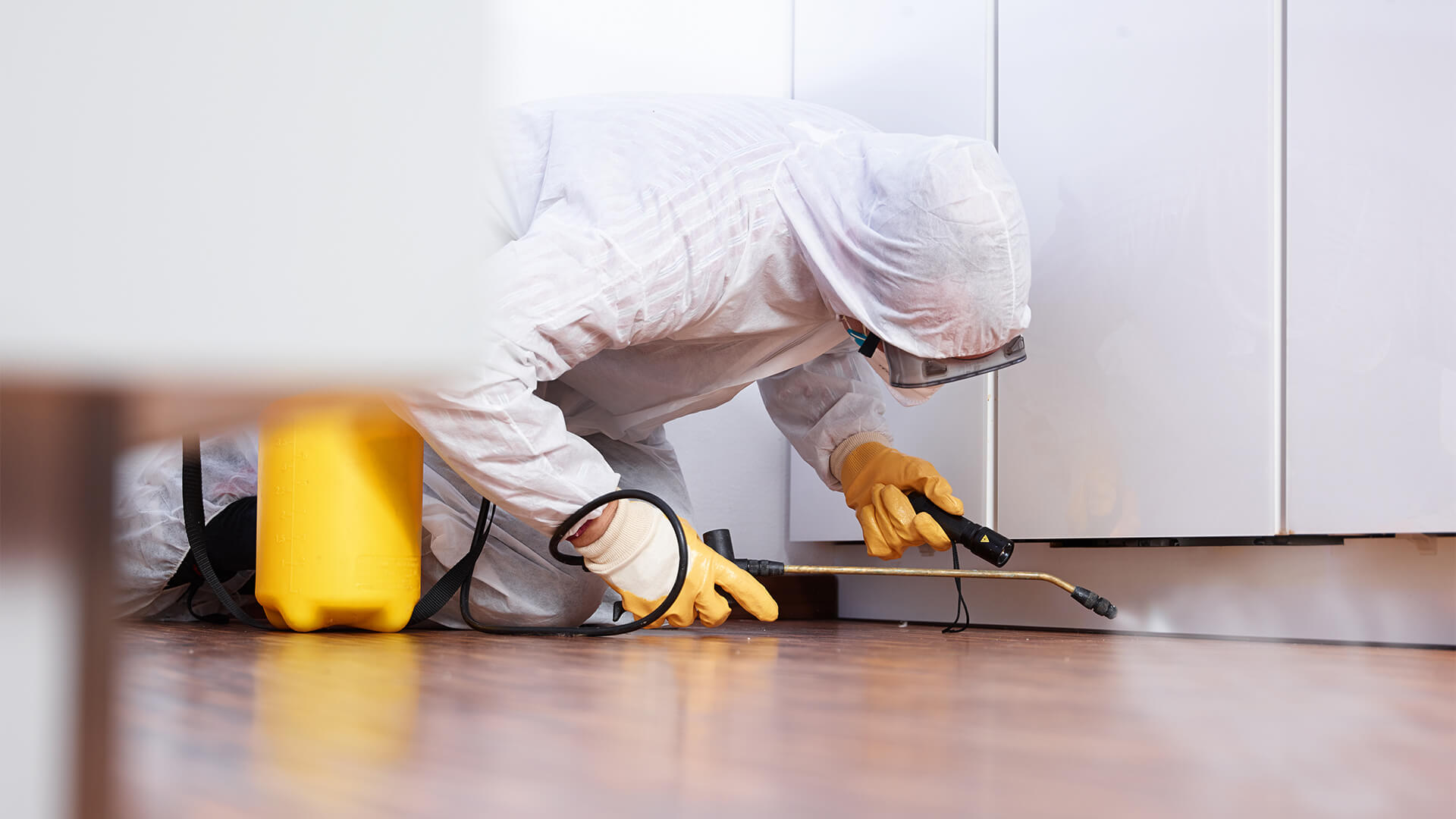Grasping the Art of Parasite Control: Proven Techniques for Long-Term Prevention and Eradication
By understanding the art of parasite control via tried and tested strategies for long-term avoidance and obliteration, one can establish a positive defense against prospective dangers. Comprehending the behavior of pests, implementing incorporated insect management strategies, and making use of natural remedies are simply a couple of essential components necessary to accomplishing lasting success in this undertaking.
Recognizing Bug Behavior
To efficiently implement bug control strategies, it is important to understand the elaborate actions exhibited by different parasites in various atmospheres. Recognizing insect habits is a basic aspect of establishing reliable pest monitoring plans. Each parasite species has distinct routines and choices that influence their reproduction, feeding, and activity patterns. By examining these actions, pest control specialists can identify the most prone factors in the parasite's life cycle to target interventions better.
For instance, rats like mice and rats are nocturnal creatures that choose dark, secluded spaces close to a food source. a1 portland bed bug exterminator. Understanding this, insect control experts can concentrate on securing entrance points and removing food attractants to hinder these parasites. On the other hand, insects such as cockroaches grow in warm, humid locations with access to water. By addressing dampness concerns and sealing crevices and fractures, infestations can be significantly lowered.
Applying Integrated Parasite Administration
Applying Integrated Insect Monitoring involves making use of a holistic technique to address bug concerns by combining numerous control tactics and methods. This approach emphasizes prevention, surveillance, and control of pests with a mix of biological, cultural, physical, and chemical treatments. By integrating several strategies, Integrated Insect Monitoring (IPM) intends to reduce the usage of pesticides while successfully taking care of pest populations.
One trick element of IPM is recognizing the particular parasite issue and recognizing its habits and life cycle. This understanding helps in establishing the most ideal control procedures to carry out. Prevention is likewise an essential concept of IPM, concentrating on getting rid of aspects that bring in insects, such as water, food, and sanctuary. Regular tracking and assessment are necessary to spot parasite infestations early and stop them from intensifying.
Additionally, IPM advertises the use of lasting and environmentally friendly insect control techniques to lessen injury to non-target microorganisms and the bordering environment - a1 portland bed bug exterminator. By taking on an Integrated Parasite Management strategy, businesses and individuals can successfully take care of insects while decreasing reliance on chemical pesticides
Using Natural Treatments
Structure upon the structure of Integrated Pest Administration, a shift in the direction of making use of all-natural solutions uses an environmentally friendly technique to pest control. Natural treatments harness the power of nature to prevent and eliminate insects without making use of harsh chemicals that can harm the environment, human beings, and beneficial microorganisms.

In addition, planting pest-repelling plants like marigolds, lavender, and mint around yards and homes can assist deter pests normally. These plants send out smells that bugs find pest control melbourne undesirable, driving them away without the requirement for chemical treatment.
Keeping Cleanliness and Health

Frequently inspecting and cleansing hard-to-reach areas such as behind devices, under sinks, and in storage space closets is crucial for determining and eliminating prospective pest habitats. Mess ought to be minimized as bugs typically seek sanctuary in piles of products or debris. Implementing a routine cleansing schedule and making certain all participants of the household or staff members are educated on correct health methods can go a lengthy way in parasite avoidance. By keeping tidiness and hygiene requirements, the setting becomes less welcoming to pests, ultimately supporting long-lasting parasite control efforts.
Normal Examinations and Surveillance
Normal evaluations and monitoring play a critical function in proactively identifying and resolving prospective parasite problems before they intensify. By conducting routine inspections of both the inside and exterior of a building, important link bug control experts can detect very early signs of problems, pest access points, and problems conducive to parasite activity.
Regular tracking allows for the very early detection of insect troubles, allowing speedy treatment to stop widespread problems that can be expensive and challenging to remove. Moreover, normal evaluations and checking help to abide by regulative requirements and keep a safe, pest-free setting for residents. Implementing a positive strategy through regular examinations and monitoring is a foundation of effective insect monitoring, offering tranquility of mind and lasting protection versus parasite threats.
Final Thought
To conclude, grasping the art of bug control involves understanding bug behavior, carrying out incorporated pest administration, using all-natural solutions, keeping cleanliness and hygiene, and conducting routine assessments and monitoring. By following these proven techniques for lasting avoidance and obliteration, people can properly manage pest infestations and create a healthier and much safer atmosphere on their own and their environments.
To properly apply insect control techniques, it is vital to understand the complex actions exhibited by numerous parasites in various atmospheres (a1 pest control portland bed bugs). By studying these actions, parasite control experts can identify the most vulnerable factors in the bug's life cycle to target interventions extra successfully
Implementing Integrated Parasite Administration involves making use of an all natural method to address bug issues by integrating various control methods and approaches. By preserving cleanliness and hygiene criteria, the environment becomes much less congenial to parasites, inevitably supporting lasting parasite control efforts.
By conducting normal assessments of both the interior and outside of a property, parasite control experts can discover very early signs of invasions, parasite entry points, and conditions helpful to parasite activity.